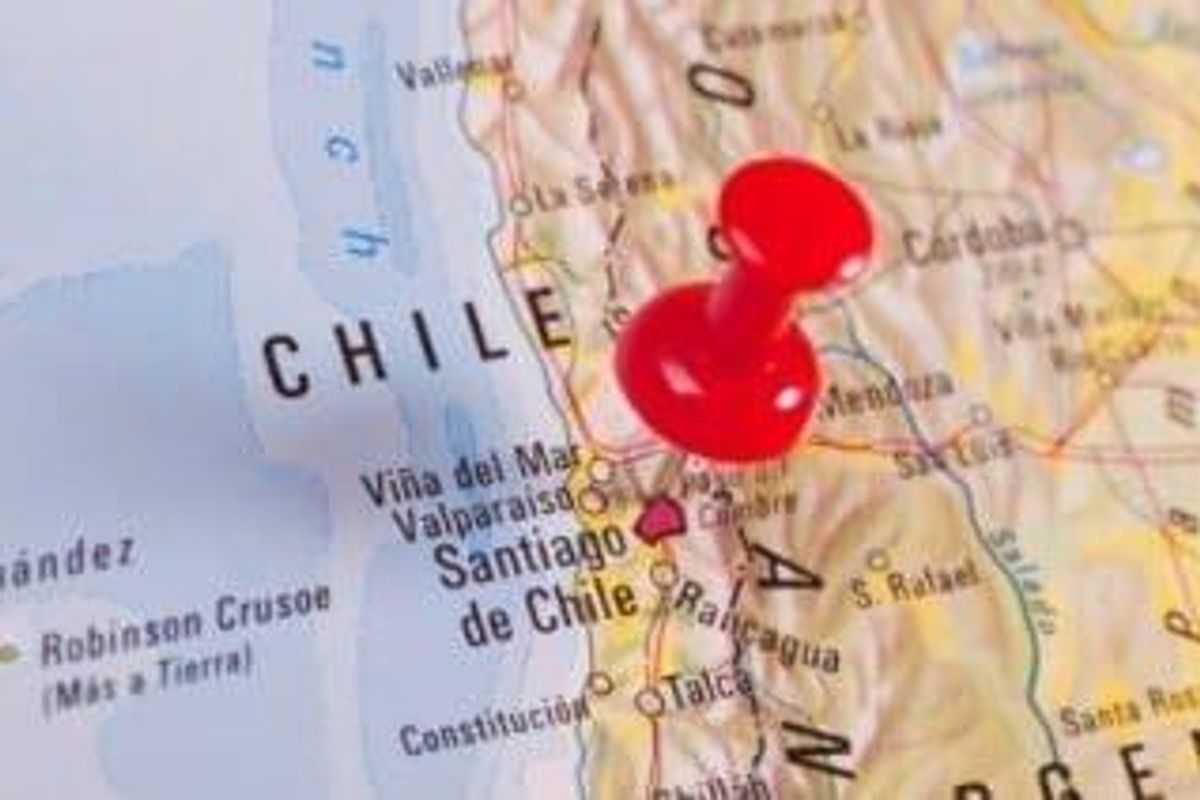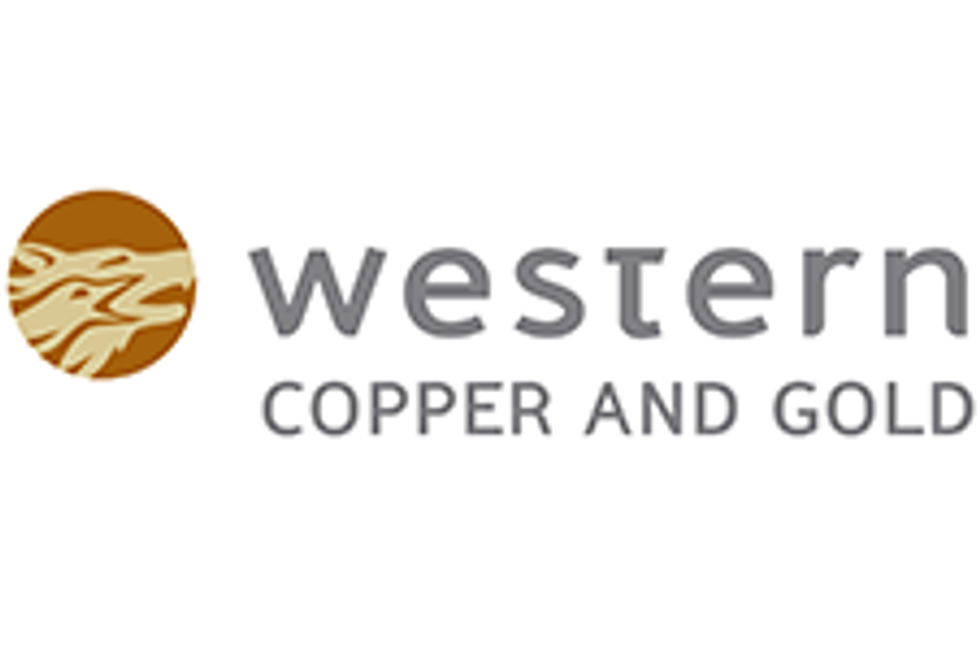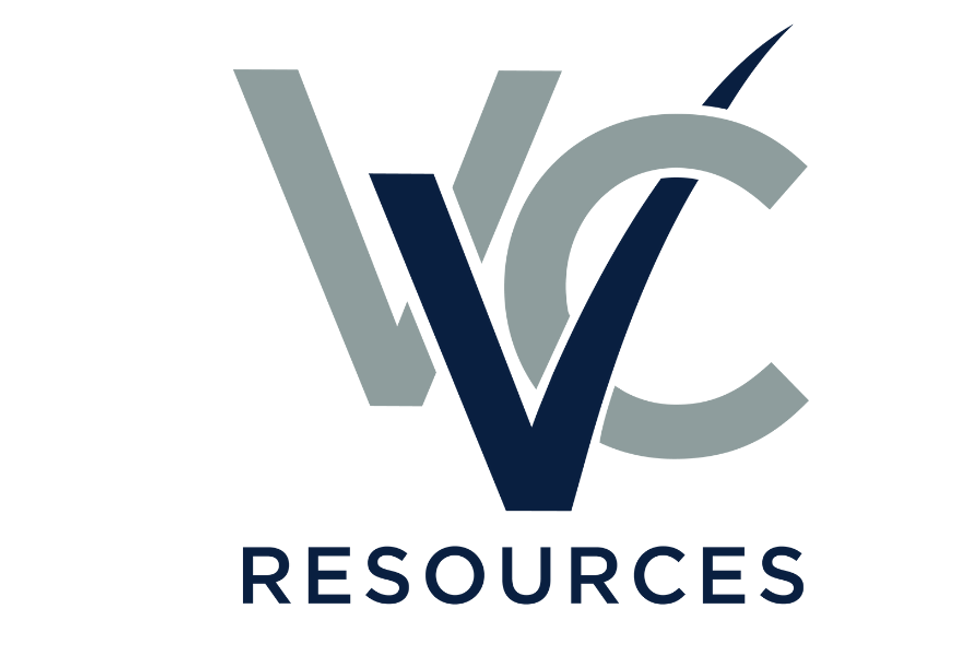- AustraliaNorth AmericaWorld
Investing News NetworkYour trusted source for investing success
- Lithium Outlook
- Oil and Gas Outlook
- Gold Outlook Report
- Uranium Outlook
- Rare Earths Outlook
- All Outlook Reports
- Top Generative AI Stocks
- Top EV Stocks
- Biggest AI Companies
- Biggest Blockchain Stocks
- Biggest Cryptocurrency-mining Stocks
- Biggest Cybersecurity Companies
- Biggest Robotics Companies
- Biggest Social Media Companies
- Biggest Technology ETFs
- Artificial Intellgience ETFs
- Robotics ETFs
- Canadian Cryptocurrency ETFs
- Artificial Intelligence Outlook
- EV Outlook
- Cleantech Outlook
- Crypto Outlook
- Tech Outlook
- All Market Outlook Reports
- Cannabis Weekly Round-Up
- Top Alzheimer's Treatment Stocks
- Top Biotech Stocks
- Top Plant-based Food Stocks
- Biggest Cannabis Stocks
- Biggest Pharma Stocks
- Longevity Stocks to Watch
- Psychedelics Stocks to Watch
- Top Cobalt Stocks
- Small Biotech ETFs to Watch
- Top Life Science ETFs
- Biggest Pharmaceutical ETFs
- Life Science Outlook
- Biotech Outlook
- Cannabis Outlook
- Pharma Outlook
- Psychedelics Outlook
- All Market Outlook Reports
Rights Issue and Shortfall
Los Andes Copper: Updated PEA for Vizcachitas Set for Q2 2016

President and CEO Anthony Amberg weighs in on the PEA and what else is next for Los Andes Copper’s Chile-based Vizcachitas project.
Analyst Interviews are paid content requested by clients advertising on Resource Investing News. Client news is contextualized by analysts and the interview is disseminated to the Resource Investing News audience, because it has value to market watchers.
We interview an analyst who has prepared coverage of the company and interview them for an understanding of their perspective on the company, the investment potential of the company, and market news related to the company.
The information contained here is for information purposes only and is not to be construed as an offer or solicitation for the sale or purchase of securities.

Canadian exploration and development company Los Andes Copper (TSXV:LA) is focused on its Chile-based Vizcachitas copper-moly porphyry project, located 130 kilometers north of Santiago. The project has a NI 43-101 compliant indicated resource of 1,038 million tonnes at 0.434 percent copper equivalent and contains an estimated 8.5 billion pounds of copper and 281 million pounds of moly. Its inferred resource stands at 318 million tonnes at 0.405 percent copper equivalent and contains an estimated 2.4 billion pounds of copper and 88 million pounds of moly using a cut off of 0.3 percent copper equivalent.
Currently, Los Andes is working on an updated preliminary economic assessment (PEA) for Vizcachitas, and hopes to release it in the second quarter of 2016. To learn more about the PEA and what else is in store for the project, the Investing News Network (INN) sat down with President and CEO Anthony Amberg. Here’s what he had to say.
INN: Can you start by giving me a brief overview of Los Andes Copper’s Vizcachitas project? What key metrics should investors be aware of?
AA: Los Andes Copper has one project, the Vizcachitas copper-moly porphyry project in Central Chile. It’s a large porphyry project that is currently at the PEA stage.
The project is in the same metallogenic belt as other large, world-class copper porphyry projects, including Los Pelambres and El Pachon to the north, and Andina and Los Bronces [to the south]. We are in a very productive metallogenic belt, and the mineralization and age of our project are similar to those projects.
We published a PEA in 2014 on the project where we demonstrated robust economics — $2.75 copper for an open-pit mine and a 176-kilotonne-per-day mill. That gives the project a 28-year mine life with average annual production of approximately 180,000 tonnes of copper and 11 million pounds of moly. Additionally, because of our low strip ratio, we have a cash cost of $1.69 per pound.
The other interesting thing is that Vizcachitas is the largest undeveloped copper-moly project in South America that is 100 percent in the hands of an independent Canadian junior. There are some other projects at a similar stage as Vizcachitas, but they are either held by large mining companies or already have a strategic partner.
INN: I understand an updated PEA for Vizcachitas is in the works. What work will Los Andes Copper have to complete before it’s released?
AA: We are going to carry out a drilling program this year that will focus on the mineralization in the higher-grade central core of the project. We’ll be testing the high-grade extension within the San Jose core claim area. From that drilling we’ll be able to publish an update to the resource estimate; we hope to convert some of the current inferred material into indicated material. Also, as we are drilling in the high-grade area of the project, we hope to increase the tonnage of higher-grade material.
We will also carry out other work, including metallurgical testwork and analysis of historical pulp samples so that we can include the silver content in the resource for the project and revise the existing negative bias on the moly grade. All of that work can then go into a new and updated PEA, which we hope to publish in the second quarter of 2016.

INN: Do you anticipate the updated PEA being significantly different from the original?
AA: The concept is currently to run two scenarios: a similar scenario to the large case in the 2014 PEA, as well as a case with a significantly lower initial capex.
We expect to improve the numbers for the larger case with an increased resource base and more tonnage of higher-grade material. We also expect to refine the metallurgical recoveries and include the silver credit and revised moly in the resource estimate. For the smaller case, we will focus on a mill throughput somewhere in the 40,000- to 50,00-tonne-per-day range, thus significantly reducing the initial capex.
INN: What is the rationale behind looking at the two different scenarios?
AA: The reason we’re focusing on the large case in addition to the small case is that the project has the elements to make it a first-tier mine, one of the top copper deposits or operations out there. The largest copper producers are concentrating their efforts on fewer first-tier deposits, and not really looking for mid-tier projects — they really want very large operations.
However, when we’re thinking about partnering with someone to move the project forward, we need to acknowledge that a large number of players in the copper space are companies that are sensitive to the initial capex on a project. The smaller case should drastically reduce the capital risk associated with getting Vizcachitas up and running.
INN: One point that’s important to the story at Vizcachitas is that it’s now under unified control for the first time in decades. Can you explain why that’s important?
AA: For over 30 years, ownership of the core claim of Vizcachitas was fractured, seriously limiting any project advancement. In December 2010, that core claim was brought into Los Andes Copper. That was really the first time since the 1980s that all of the mine claims were under unified ownership.
At the same time, there were still non-consumptive water rights that crossed the project area. They were not held by Los Andes Copper. But then in 2014, the non-consumptive water rights were brought into Los Andes Copper as well. At that point, the mining rights and non-consumptive water rights were held by Los Andes Copper.
It took a long while to get to that point, but since last year we’re there. And that’s a significant change — it’s one project, one owner, so it makes the development of the project much easier.
INN: How does your hydroelectric project fit into the picture?
AA: There’s a river that runs through the Vizcachitas project area, and Los Andes now owns the hydroelectric water rights. There’s a hydro facility that’s being developed that should have an installed capacity of 28 to 30 megawatts, and that effectively will allow Los Andes to start generating power and selling it to the grid in the next three to four years.
Power availability has become a challenge to projects on this side of the world. Generating power is not only a strategic business, but it can also become a source of operating cash flow in the next few years.

INN: You mentioned that Vizcachitas is near a number of large mines. What implications does that have for the project?
AA: The project is in Central Chile, it’s very close to Santiago — it’s 150 kilometers away, a three-and-a-half-hour drive. The project is also 50 to 60 kilometers from two large regional cities that have been servicing one of Codelco’s largest copper mines for decades. For the project we’ll probably need to build 25 kilometers of road from the end of the public tarmac road. The port of Ventanas, which would be one of the possible locations to export the concentrate, is located 140 kilometers away from the project, but the railway line servicing this port is only 50 kilometers away from us.
In addition, the project is at an elevation of 2,000 meters, which is a significant advantage. We can work year round at the project site on the development phase, and logistics for a construction and operations stage are much simpler.
INN: On a similar note, how is Chile as a mining environment?
AA: Chile is one of the most stable countries in South America, if not the world, for foreign mining companies to invest in — the mining law is very strong and respected in the courts. Chile is a very good place to do business, and for that reason a lot of major mining companies are working here.
INN: I know there was some flooding going on in Chile earlier this year — was that near your project?
AA: That was in Northern Chile, about 500 to 600 miles from us, in a desert area where rainfall is extremely unusual. We’re in Central Chile, where we have a regular rain season, so the ground is prepared.
INN: What is the next catalyst investors should be watching for in terms of Vizcachitas and Los Andes Copper?
AA: I think the most exciting thing will be the updated PEA coming out in 2016. That will be a significant change with the two different scenarios and the updated resource estimate.
Securities Disclosure: I, Charlotte McLeod, hold no direct investment interest in any company mentioned in this article.
Editorial Disclosure: The Investing News Network does not guarantee the accuracy or thoroughness of the information reported in the interviews it conducts. The opinions expressed in these interviews do not reflect the opinions of the Investing News Network and do not constitute investment advice. All readers are encouraged to perform their own due diligence.
Outlook Reports
Featured Base Metals Investing Stocks
Browse Companies
MARKETS
COMMODITIES
| Commodities | |||
|---|---|---|---|
| Gold | 2386.26 | +4.46 | |
| Silver | 29.00 | +0.11 | |
| Copper | 4.37 | 0.00 | |
| Oil | 85.94 | +0.53 | |
| Heating Oil | 2.67 | +0.01 | |
| Natural Gas | 1.69 | -0.01 | |
Investing News Network websites or approved third-party tools use cookies. Please refer to the cookie policy for collected data, privacy and GDPR compliance. By continuing to browse the site, you agree to our use of cookies.





